Canon R5 C: Photos and video in a single body
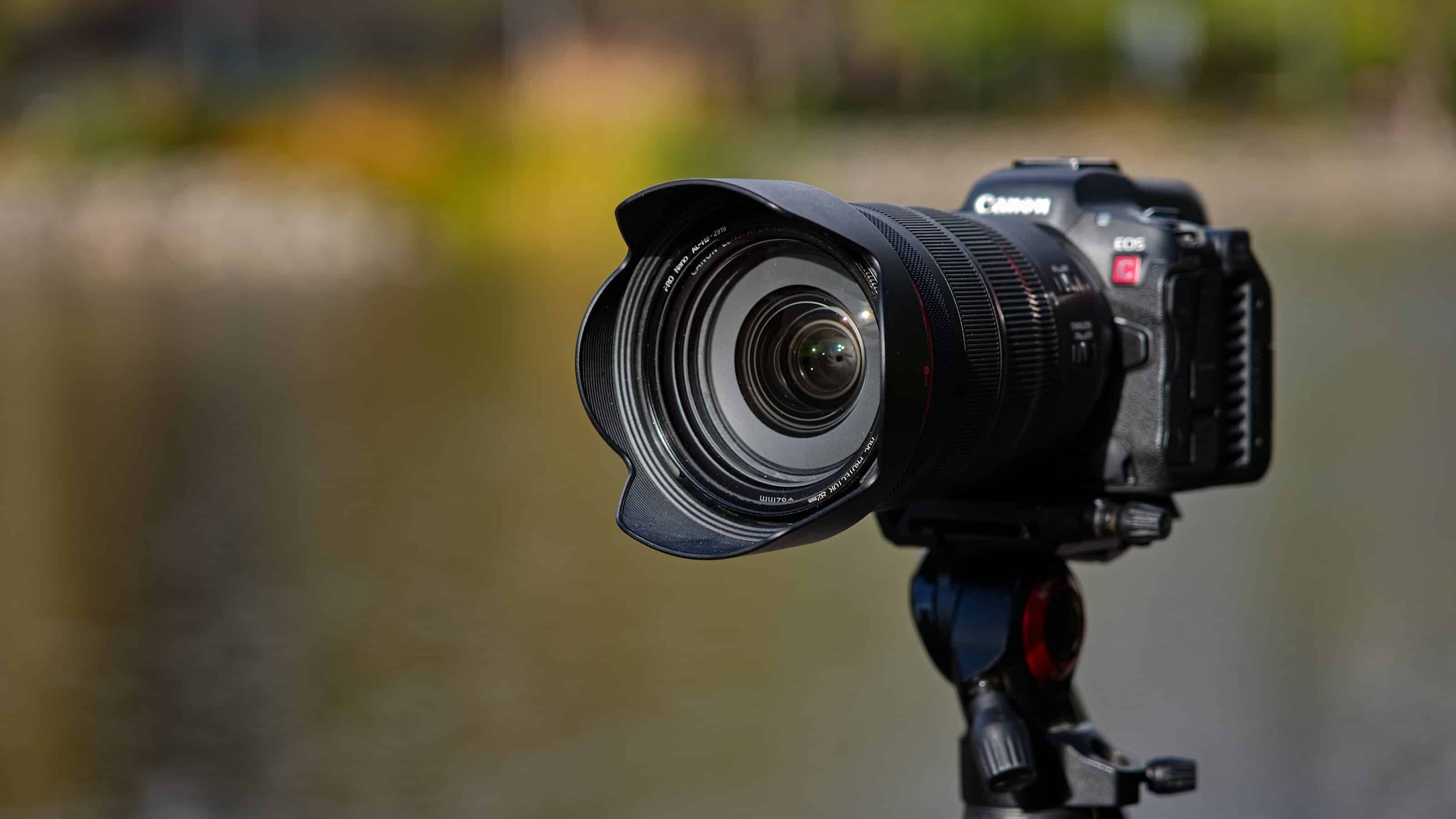
Do you spend a lot of time in the field and shoot both photo and video? Maybe the video functions that come with your camera aren’t cutting it. That’s where the Canon R5 C comes in. A hybrid camera that combines professional video recording with a mirrorless camera without the need for compromise.
Today’s digital content demands that we creators shoot high-quality video while taking photos without compromise. If you spend more time in the field than in the studio, you know that having a separate camera and professional-grade video camera can be cumbersome.
Canon brings the solution of a hybrid full-featured video camera and mirrorless camera in one R5 C body. Let’s see if they succeeded and if there are any limitations.
8K video requires a massive body
The first aspect of the camera you will notice might be the most important. The body is massive compared to an ordinary camera body. This is because there’s space between the sensor and display that houses a cooling fan automatically that turns on when in video mode.

Thanks to the cooling fan, you can shoot long 8K videos without overheating.
In very simple terms, you can say that the Canon R5 C is a combination of the R5 and C70. In addition to the fan, it has an improved hot shoe over the R5 for greater compatibility with other accessories. It also has a TimeCode socket for syncing with other cameras. However, it lacks sensor stabilization. On the other hand, thanks to its 12 pins, it can use a combination of electronic image stabilization and optical stabilization with RF lenses. Advanced focusing can detect faces and automatically focus on the subject’s eyes.
You can shoot professional-grade video with a relatively compact camera, giving you plenty of space for further editing. For example, you can pan and zoom around the image of completed footage without limiting the quality of the 4K video. You can capture photos from video at sufficient resolution for further use.
You want to purchase the fastest memory card to make the most of the R5 C’s potential. It comes with a CF Express card slot (with a max speed of up to 1.97GB per second) and a second SD slot (V90 UHS-II SD with up to 321 per second). You can shoot beautiful slow-motion videos in 4K at 120fps or 8K at 30fps (or 60fps with an external power supply).
Technical specifications
The Canon R5 C has a 45MP full-frame sensor with a frame rate of 20 frames per second. The advanced Dual Pixel AF II allows for eye autofocus as well as precise and smooth autofocus when shooting video. It also does face, cat, dog, and bird detection and tracks them through the entire shot.
It handles noise well, even at high ISO levels (ISO sensitivity as high as 51,200). Images are saved in 12-bit RAW format. Video recording is done with Cinema RAW Light, allowing for maximum color grading potential when processing videos.
Dual Pixel RAW
With Dual Pixel AF II, each pixel has two photodiodes with dual functions, phase detection autofocus and focus stacking. This makes focusing onto the sensor faster and more precise. This is then used to save to Dual Pixel RAW when the readings from both photodiodes are saved into one reading.
This results in RAW images that are twice the size, but since they contain distance information and image information, you can partially adjust the focus accuracy, bokeh shift, and lens flare.
Dual Pixel RAW can only be edited using Canon software for now. The sharpening is noticeable in the texture of the lips.
You can use Dual Pixel RAW to adjust lighting zones and clarity right in the camera. For example, you can simulate a spotlight for portraits. For landscapes, you can improve the rendering of haze. The possibilities the system offers are certainly interesting and while I wouldn’t rely on them, I think it’s a great preview of what the future holds.
Ergonomics
It is probably hard to find that one perfect fit that works for everyone. But how the camera is held and handled influences how we feel when we are using it. The camera is not tiny, but it still feels great to hold, with a grip that is stable and secure.
All functions are easily accessible and there are 12 assignable buttons for faster selection and smooth operation. The only complicated factor at times was the wheel under my thumb. Even with light contact, I inadvertently activated the set button function.
The OFF button switches to camera mode on one side and video mode on the other. Depending on which you select, the menu and settings options for all functions change. In my opinion, this method of switching is the biggest weakness of the controls. Many times, I found myself switching to the wrong mode when trying to turn off the camera, taking me three tries to turn off the camera.
A related issue is that it takes quite a long time to switch between camera and video mode, even after turning off automatic sensor cleaning. So, there’s no quick switch between camera and video mode.

I recommend following the release dates of the latest firmware versions. Canon regularly releases new versions that address issues and bugs. One of these should address the speed of switching between modes.
You can see video previews when viewing previews in camera mode, but you can’t play them. I don’t understand why. There must be a good reason for this, which hopefully future versions can address.
Dust and weather sealing
Even though there is a hole between the camera body and display for air to pass around the fan, the camera is still weather-sealed against dust and other impurities. The entire fan chamber is physically separated from the electronic components. This is where one question arises: What happens to the fan after extended use in extreme conditions and how difficult is it to clean or replace?
Limitations
If the Canon R5 C has any limitations, it’s battery life. When shooting video, the battery level drops in a flash. I like that the battery indicator shows how much battery time you have left down to the second, so you can better time battery replacement. One solution is to use an external power supply to increase battery life, but again this solution sacrifices compactness.
In closing
I am so glad that someone came up with the idea of a hybrid video camera and mirrorless camera without the need for compromise. The R5 C still has its issues, but time will tell how serious they are. Digital content creators such as myself, who spend a lot of time outdoors, hiking, traveling by plane, and only with hand luggage, will appreciate the R5 C and look forward to more interesting developments.

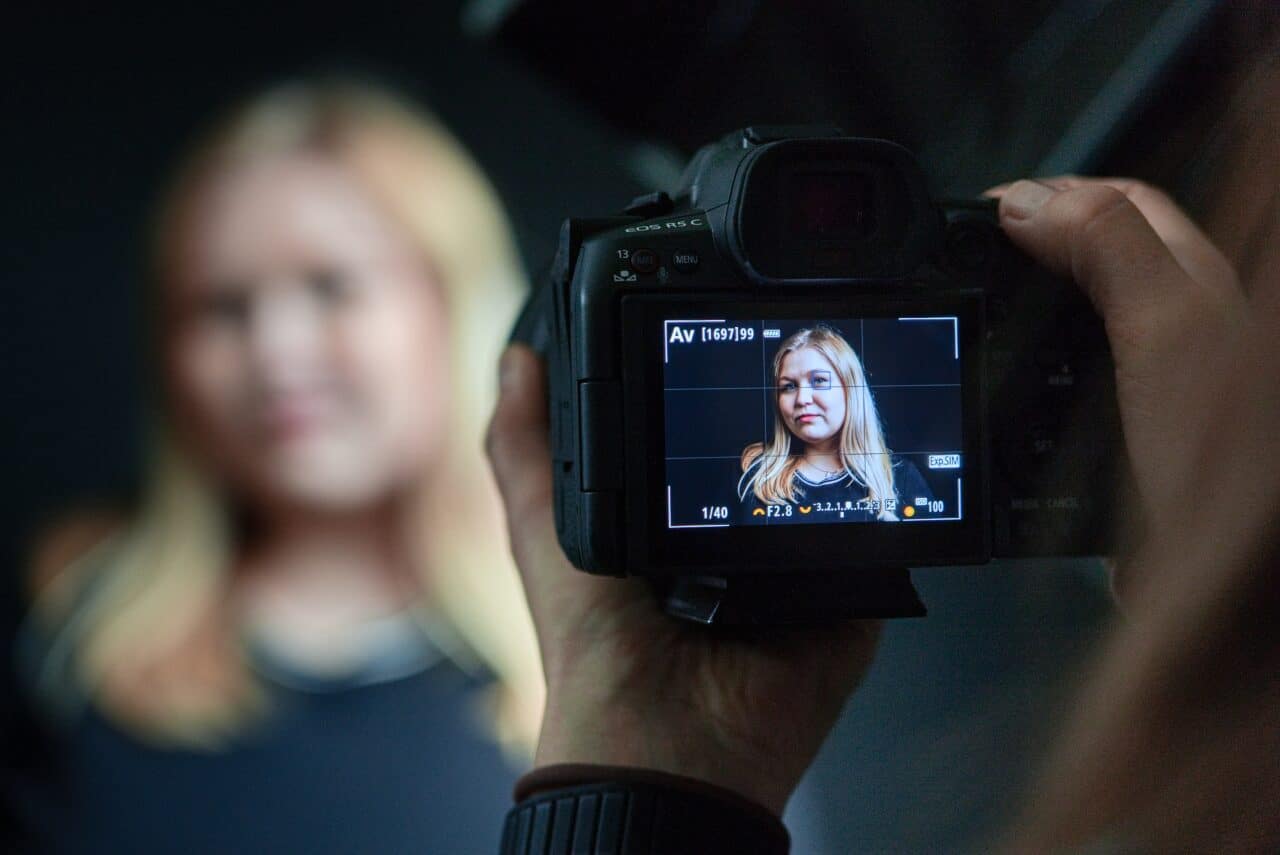
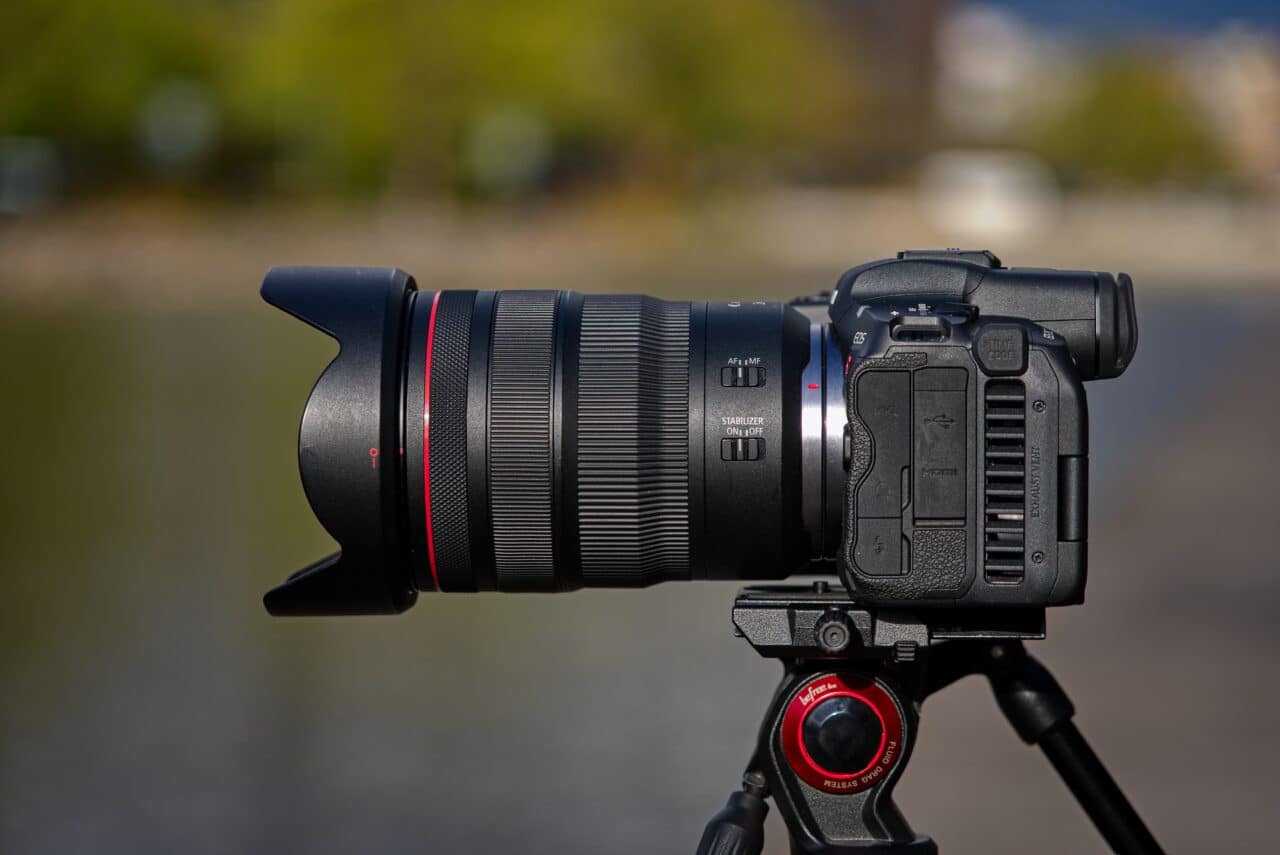



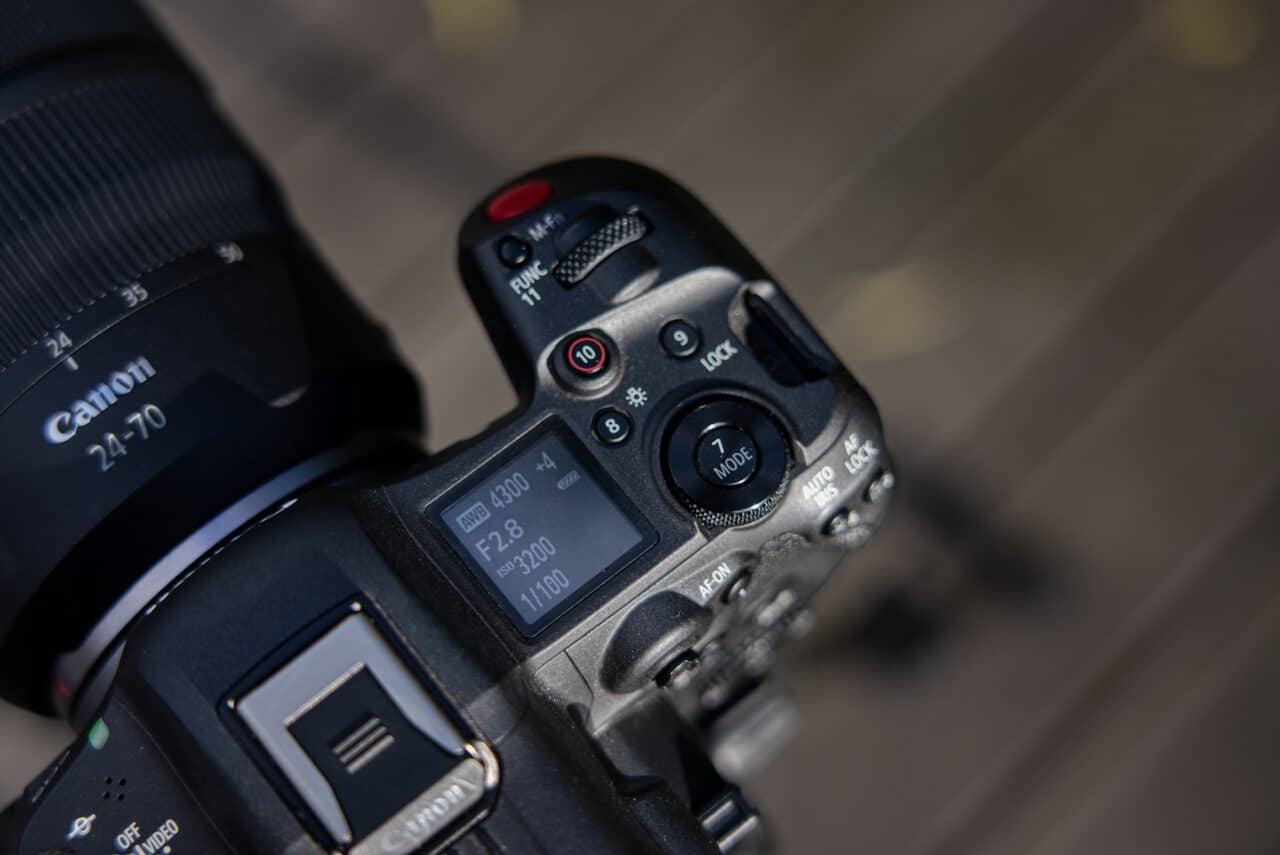
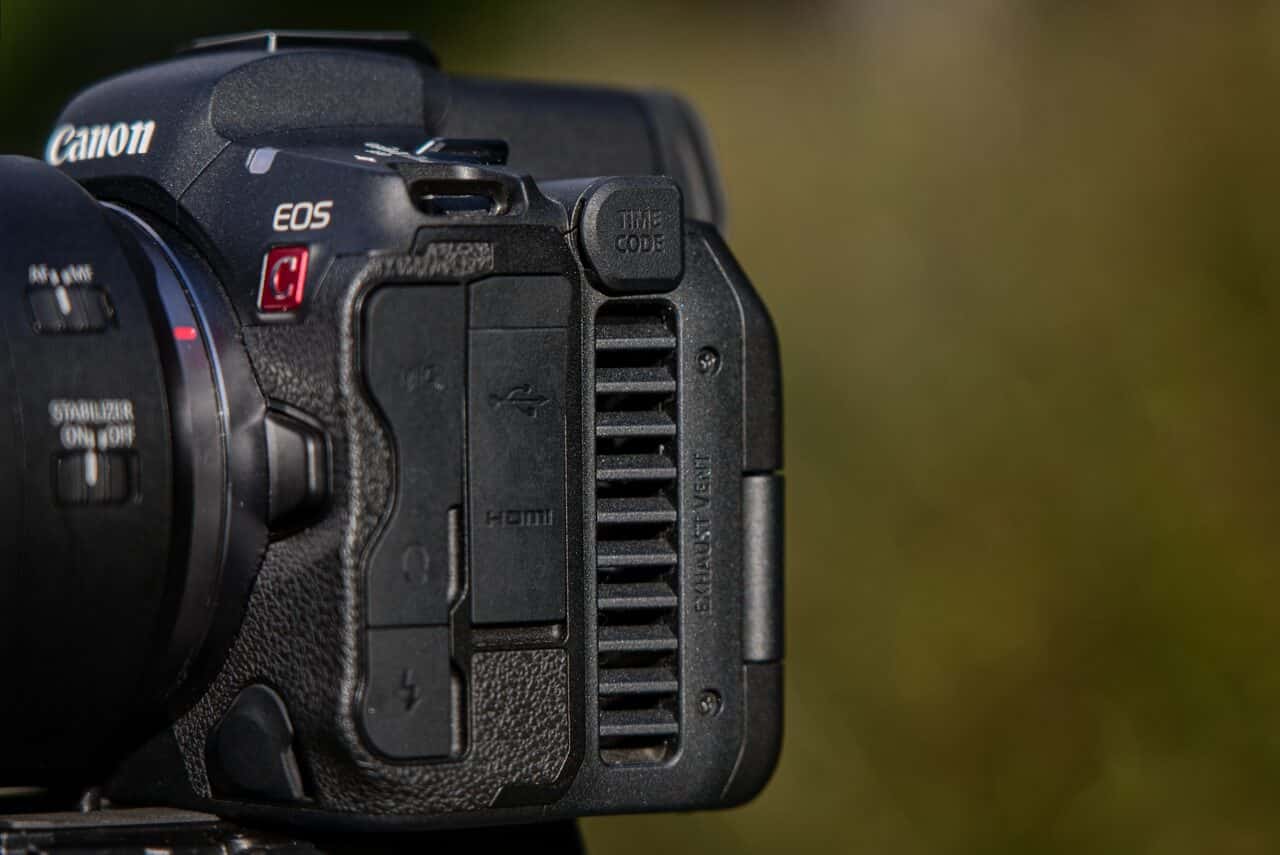
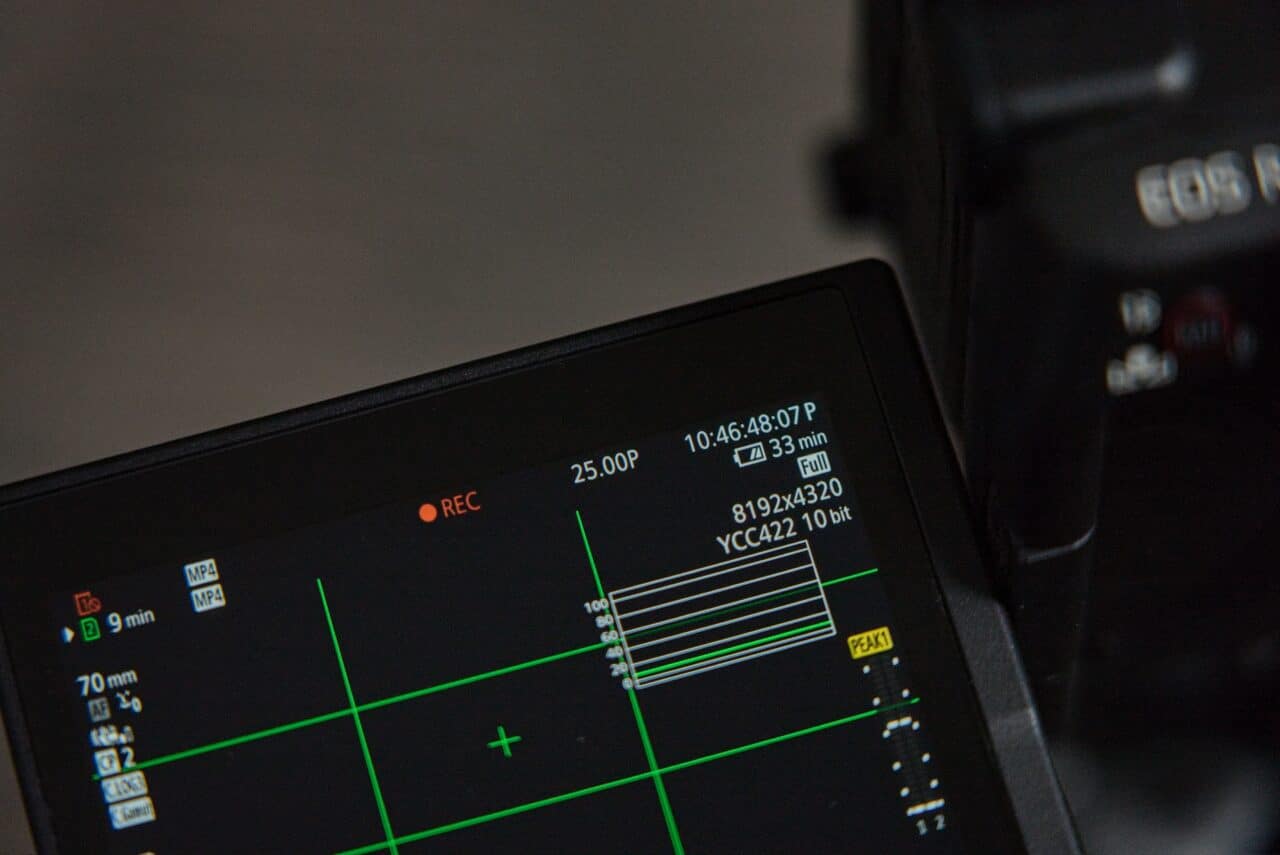

There are no comments yet.